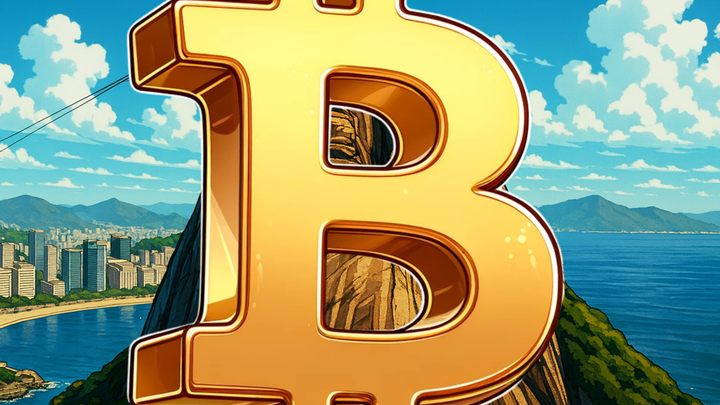India Edges Toward Stablecoin Framework as RBI Digs in on Crypto Caution
New Delhi moves toward stablecoin rules while the central bank doubles down on caution and CBDC plans

India’s government is preparing to lay out potential rules for stablecoins in its 2025–2026 Economic Survey, even as the Reserve Bank of India (RBI) urges the country to move carefully on crypto and focus instead on its own central bank digital currency. The split underscores a growing policy rift over how the country should handle digital assets.
According to local reports, the Ministry of Finance plans to “present its case” for a regulatory framework for stablecoins in the annual Economic Survey, which sets out the government’s key policy priorities. Any move toward clear rules would mark a sharp turn from India’s historically hostile stance on crypto.
RBI Governor Sanjay Malhotra reiterated that the central bank remains wary of private digital assets, citing concerns over financial stability, consumer protection, and capital flows. A working group set up by the government is expected to decide how, or if, crypto should be integrated into India’s financial system.
Malhotra also pushed back on arguments that India risks falling behind the United States and other jurisdictions that are advancing stablecoin legislation, such as the GENIUS bill passed in June. He argued that India already has a developed digital payment stack, pointing to the Unified Payments Interface (UPI), 24/7 National Electronic Funds Transfer (NEFT), and the Real-Time Gross Settlement (RTGS) system for large-value transfers.
Even as New Delhi explores stablecoin regulation, top officials remain skeptical of most cryptocurrencies. In October, Commerce and Industry Minister Piyush Goyal said the government neither promotes nor bans crypto, but questioned whether tokens without sovereign backing or real underlying assets should be treated as a legitimate asset class.
If India ultimately adopts stablecoin rules, it could legitimize parts of the crypto market and fuel fresh adoption and price gains worldwide.




